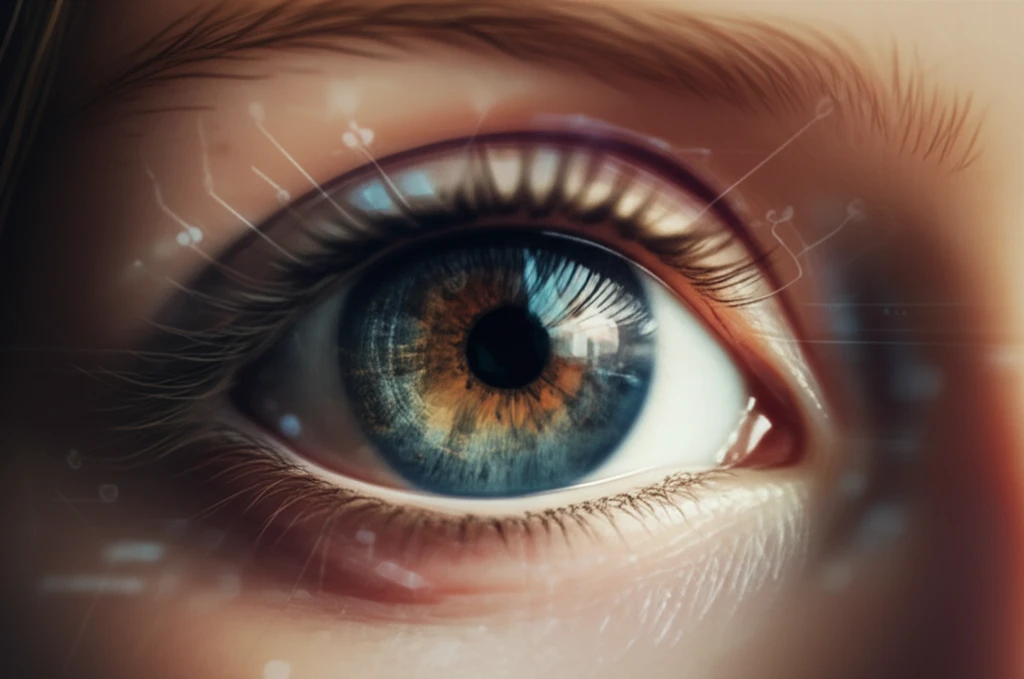
Myopia Control: New Guidelines to Protect Your Child's Vision
"Expert recommendations help parents make informed decisions about managing myopia and preventing long-term eye health risks."
Myopia, or nearsightedness, is a common vision problem affecting millions of children worldwide. While easily corrected with glasses or contacts, in some children, myopia progresses rapidly, leading to high myopia, a condition that significantly increases the risk of severe eye diseases such as maculopathy, cataracts, and glaucoma. This is why taking proactive steps to manage myopia early on is so important.
Orthokeratology (ortho-k) has emerged as a promising method for slowing down myopia progression in children. This involves wearing specially designed rigid lenses overnight to reshape the cornea and temporarily reduce nearsightedness. While studies have shown ortho-k's effectiveness, it's not a one-size-fits-all solution. Determining which children will benefit most requires careful evaluation.
Now, new research from Hong Kong provides evidence-based guidelines to help eye care professionals identify the best candidates for myopia control using ortho-k. These guidelines consider a child's age, rate of myopia progression, and other factors to ensure the benefits of ortho-k outweigh potential risks.
Is Your Child at Risk? Understanding Myopia Progression

The study, published in Contact Lens and Anterior Eye, followed 66 myopic children (aged 6-16) who wore single-vision glasses for seven months before switching to ortho-k lenses for another seven months. Researchers tracked changes in axial elongation (AE), the lengthening of the eye that contributes to myopia progression.
- Rapid Progression: AE of ≥0.20 mm in seven months (equivalent to ≥1.00 D increase in myopia per year)
- Moderate Progression: AE between 0.10 mm and <0.20 mm in seven months (equivalent to 0.50 D to <1.00 D increase in myopia per year)
- Slow Progression: AE of <0.10 mm in seven months (equivalent to <0.50 D increase in myopia per year)
Making Informed Decisions: A Guide for Parents
These new guidelines offer a valuable framework for eye care professionals to assess a child's risk of myopia progression and determine if ortho-k is the right choice. If you're concerned about your child's vision, talk to your eye doctor about these recommendations. Early intervention and personalized management plans can make a significant difference in protecting your child's long-term eye health and quality of life.
